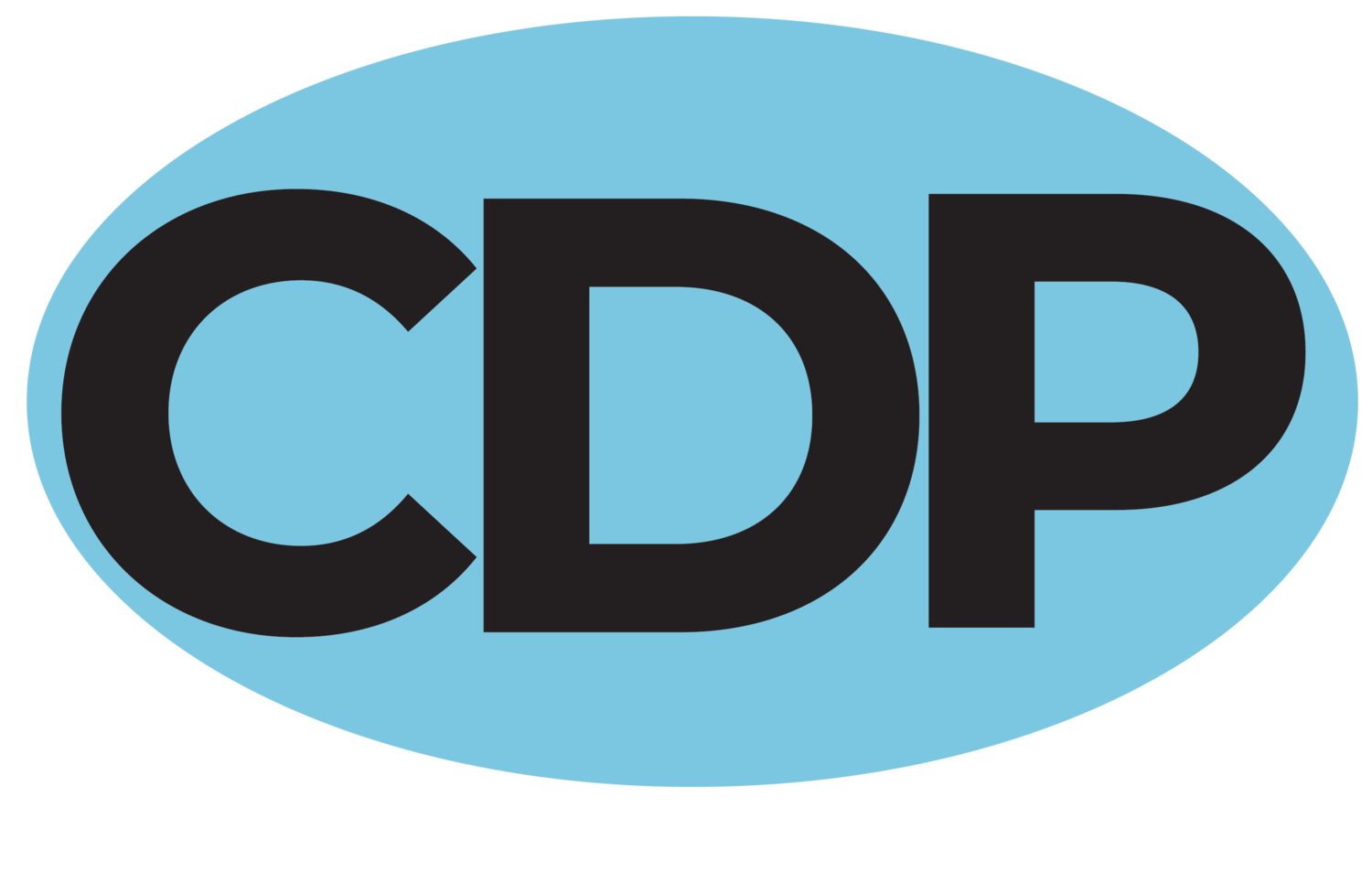Snake in the grass. Wolves among sheep.
These are descriptive phrases of unscrupulous predators who live and work among us but are often hard to see. We imagine unscrupulous types exist in corporate or political settings where the rich and powerful reign, but it's unnerving when these dynamics appear in less obvious and everyday places. It's even more difficult to fathom that unprincipled persons may work in our organizations. But they do.
Here are some common dynamics:
(1) Sets others up for failure. He/she creates a problem (often covertly) and blames others for failure to respond. Being set up for failure is a strategy intended to get you off your game, make you feel inadequate or small.
(2) Controlling. This person demands 24/7 access. They interrupt through pop-in visits, urgent telephone calls, or late night emails or texts that require response. They control with threats, pity or anger. They may seem like a chameleon -- being nice, empathetic and supportive one minute and angry, cold or hysterical the next. This strategy is used to give the person power by controlling those around them.
(3) Constantly questions loyalty. No amount of time, energy, or demonstrated devotion satisfies this individual. This strategy is often used to manipulate and distract by keeping people on the defense.
(4) Lying and flattery. Lies come very easily to unprincipled people. Watch for those who will tell you what you want to hear or always have an answer for everything. Watch for the flattering tongue which seems shallow, exaggerated or manipulative.
(5) No checks and balances. Corrupt people hate accountability. They seek to control the information and the narrative and rebel against checks and balances. This is a huge red flag.
These people exist. It's one of the hardest lessons for nonprofits to get, especially organizations who find themselves impacted by unscrupulous leaders, board members or volunteers. So what do we do?
1. Be watchful. When you sense something is off, pay attention. Identify and document what is making you feel uncomfortable or what you observed. More times than not your gut is correct so pay attention.
2. If it's not in writing it doesn't exist; if it is in writing, we have to do it. Make sure you have written policy about communications, boundaries with staff and clients, protocol, and process. Many strategies can be averted by good practice. If you find your organization in need of additional protocol, put it in place.
3. Encourage strong communication. Have a grievance policy for clients and staff. Make sure there's open door policy for dealing with issues that arise.
Nonprofits attract amazing people but they can attract those with less desirable motives too. Be watchful. Stay aware.
-Mindy Muller, CFRE, President/CEO of CDP


